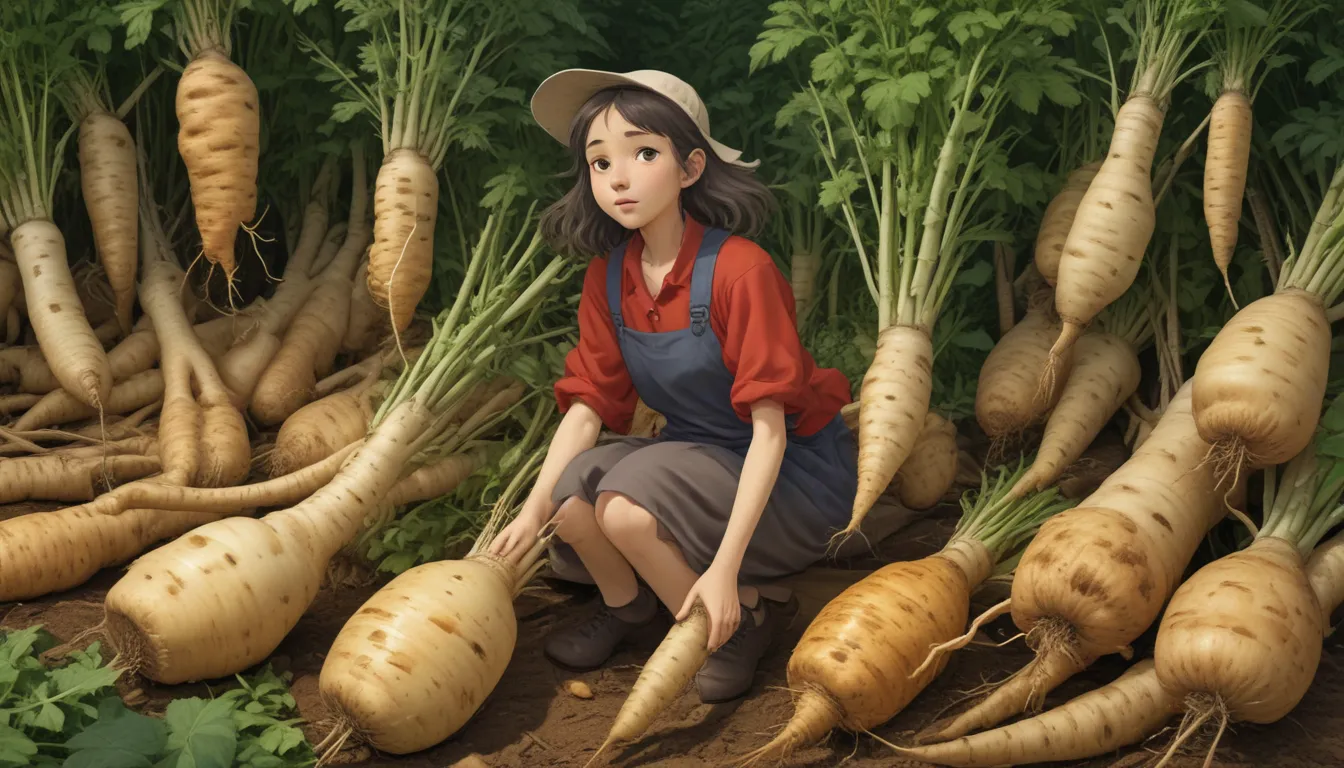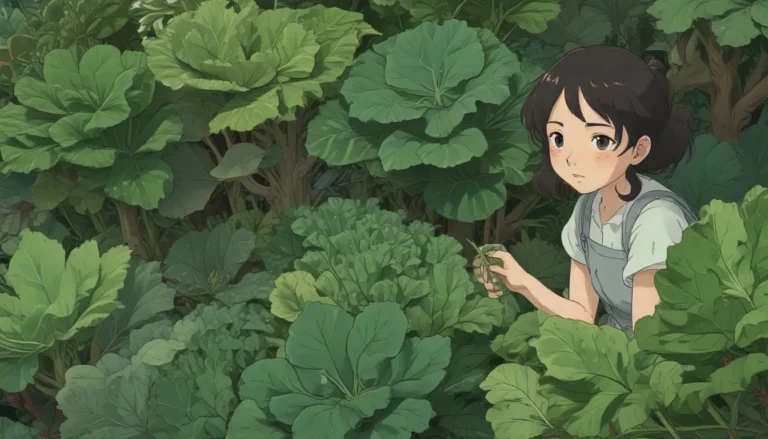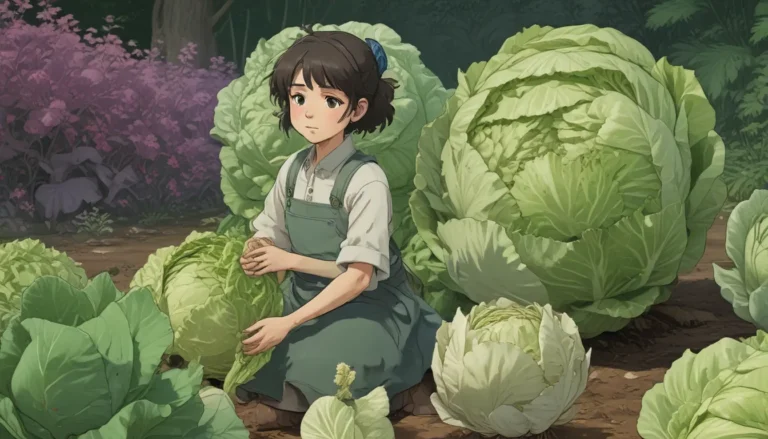How to Harvest and Store Parsnips for the Best Flavor

Parsnips are a delicious root vegetable that can add a unique flavor to your meals. In this article, we will discuss everything you need to know about when and how to harvest parsnips for the best taste. From adding frost for sweetness to saving for later, we’ll cover all aspects of harvesting and storing parsnips.
What You’ll Learn
- Add A Little Frost for Flavor
- Use Your Knife and Fork
- Save Some for Later
- Stay Chilled and Ready
- Bolt and Gather
Add A Little Frost for Flavor
To achieve the sweetest taste possible with your parsnips, it’s recommended to wait until the fall to harvest them. After experiencing a few light freezes over a period of several weeks, the starch in the parsnips converts to sugar, resulting in a sweeter flavor.
Use Your Knife and Fork
When harvesting parsnips, it’s essential to use a fork to carefully unearth the roots. Pulling them by their green tops can result in breakage. Make sure to wear gardening gloves to protect your skin from any potential reactions to parsnip foliage.
Save Some for Later
Parsnips can be stored for use throughout the winter. Whether you opt to harvest the entire crop in the fall or leave some roots in the ground for later, proper storage is key. Root cellars, refrigerators, and freezers are all viable storage options for parsnips.
Stay Chilled and Ready
If you find yourself with an abundance of parsnips, storing them properly is essential to preserve their freshness. Whether you choose to store them in a root cellar, refrigerator, freezer, or by canning or dehydrating, there are various methods to keep your parsnips ready for use.
Bolt and Gather
For seed savers, allowing some parsnip plants to remain unharvested into the second year will result in the plants flowering and setting seed, a process known as bolting. Collecting these seeds for planting the following year ensures a fresh crop of parsnips.
The Persnickety Parsnip
Growing parsnips can be a rewarding yet time-consuming process. From carefully preparing the soil to waiting for germination and ensuring proper care throughout the growing season, there are several steps involved in cultivating these root vegetables. However, the effort is well worth it when you enjoy the unique flavor of homegrown parsnips.
Do you have any tips for growing parsnips that you’d like to share? Feel free to leave them in the comments below!
If you’re interested in learning more about growing parsnips, consider checking out the following resources:
- Tips for Growing Parsnips in Containers
- Can You Regrow Parsnips from Kitchen Scraps?
- 9 of the Best Companion Plants for Parsnips
In conclusion, harvesting and storing parsnips can be a rewarding experience, allowing you to enjoy their unique flavor throughout the winter months. By following the tips outlined in this article, you can ensure that your parsnips are flavorful and ready to use whenever you need them.
Remember, proper harvesting and storage techniques are essential for maintaining the quality of your parsnips. Whether you’re a seasoned gardener or new to growing root vegetables, these tips will help you make the most of your parsnip harvest.





